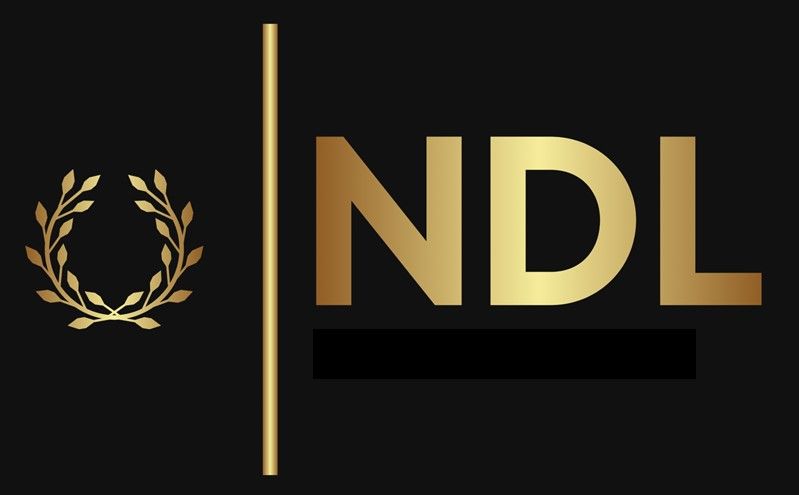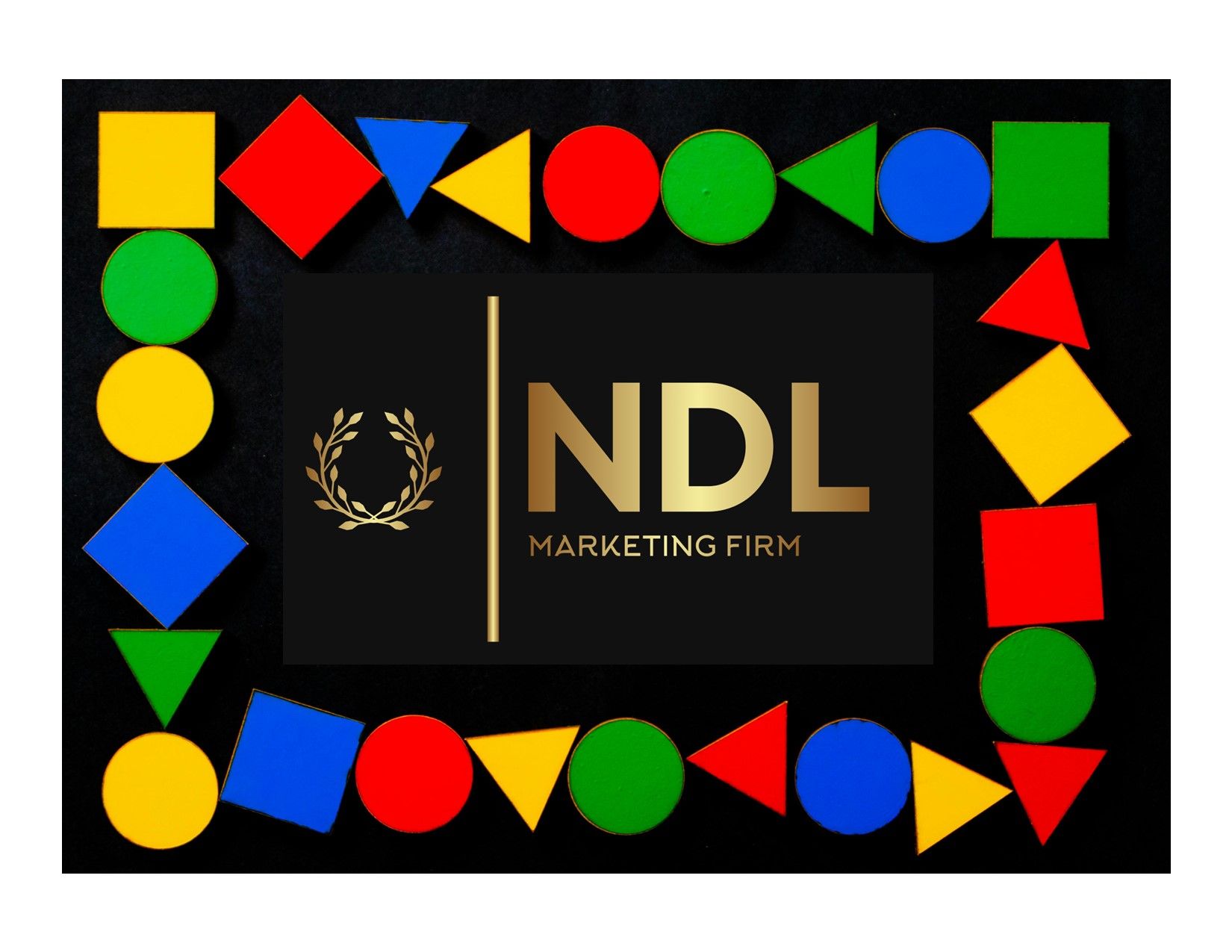Mastering Anchor Points: How Anchors benefit your bottom line for years to come.
Mastering Anchor Points: How Anchors benefit your bottom line for years to come.

In the competitive marketing world, the ability to subtly guide potential customers toward making a purchase is invaluable. One powerful psychological tool at your disposal is the use of anchor points. Understanding and leveraging this concept can influence buying decisions and boost your sales. In this blog, we'll explore what anchor points are and how you can effectively use them in your marketing strategy.
What Are Anchor Points?
Anchor points, also known as anchors, are cognitive biases describing the common human tendency to rely heavily on the first piece of information (the "anchor") when making decisions. Psychologists Amos Tversky and Daniel Kahneman first introduced this concept in the 1970s. In a marketing context, anchors can set a reference point for customers, making other prices and offers seem more attractive.
How to Use Anchor Points to Guide Clients to Buy
1. Establish a High Initial Anchor
Start by presenting a high-priced option first. This initial price serves as the anchor. Subsequent prices will then seem more reasonable in comparison. For example, if you sell a range of products, begin by showcasing your premium offering. When clients see the cost of this top-tier product, other options appear more affordable and accessible.
Example:
- Premium Package: $999
- Standard Package: $499
- Basic Package: $199
In this scenario, the Standard and Basic packages seem like better deals after seeing the Premium package's price.
2. Create Value Through Discounts and Comparisons
Show the original price alongside the discounted price to highlight the savings. This contrast is an anchor, making the discounted price seem great.
Example:
- Original Price: $150
- Discounted Price: $99
By displaying both prices, you anchor the customer's perception to the higher original price, making the discounted price appear more attractive.
3. Use Decoy Pricing
Introduce a third option priced between your main options but offering less value. This decoy option makes the higher-priced option seem like a better deal and can steer customers toward it.
Example:
- Basic Package: $199
- Standard Package: $499
- Decoy Package: $479 (lesser features than Standard)
The Decoy Package makes the Standard Package look like a more valuable choice.
4. Bundle Products and Services
Create bundles that combine products or services at a higher price point. When bought separately, the total cost of individual items acts as an anchor, making the bundled price seem like a bargain.
Example:
- Individual Prices: $120 + $80 + $50 = $250
- Bundle Price: $199
The bundle price appears more attractive by anchoring the value to the sum of the individual items.
5. Highlight Time-Limited Offers
Use time-limited offers to create a sense of urgency. The regular price is an anchor, making the limited-time offer seem even more appealing.
Example:
- Regular Price: $79/month
- Limited-Time Offer: $49/month (valid for 48 hours)
The regular price anchors the perception of value, and the urgency of the time-limited offer encourages quicker decision-making.
Implementing Anchor Points in Your Marketing Strategy
1. Website Design
Use anchor points on your pricing pages by clearly showing original and discounted prices. Highlight your premium offerings first to set a high anchor point.
2. Email Campaigns
Send emails emphasizing limited-time discounts and comparing original prices to discounted rates. Use eye-catching visuals to make the contrast clear.
3. Social Media Posts
Share posts that compare different pricing tiers or showcase bundles versus individual prices. Use graphics to represent the savings and value visually.
4. In-Store Displays
If you have a physical store, arrange your products to highlight the premium options first. Use signage to show original and discounted prices clearly.
Conclusion
Anchor points are a subtle yet powerful tool in your marketing arsenal. By strategically setting these cognitive anchors, you can influence your client's perception of value and guide them toward making purchases that benefit them and your business. You can start experimenting with these techniques in your marketing efforts and watch how effectively they can drive sales and boost customer satisfaction.
Remember, being ethical and transparent with your pricing strategies is key. When used correctly, anchor points boost sales and build client trust and loyalty.
Jon Killingbeck
CEO NDL Marketing Firm
(253) 985-5403
Jon@ndlmarketingfirm.com
www.ndlmarketingfirm.com
Follow us on Facebook, YouTube, and LinkedIn.



